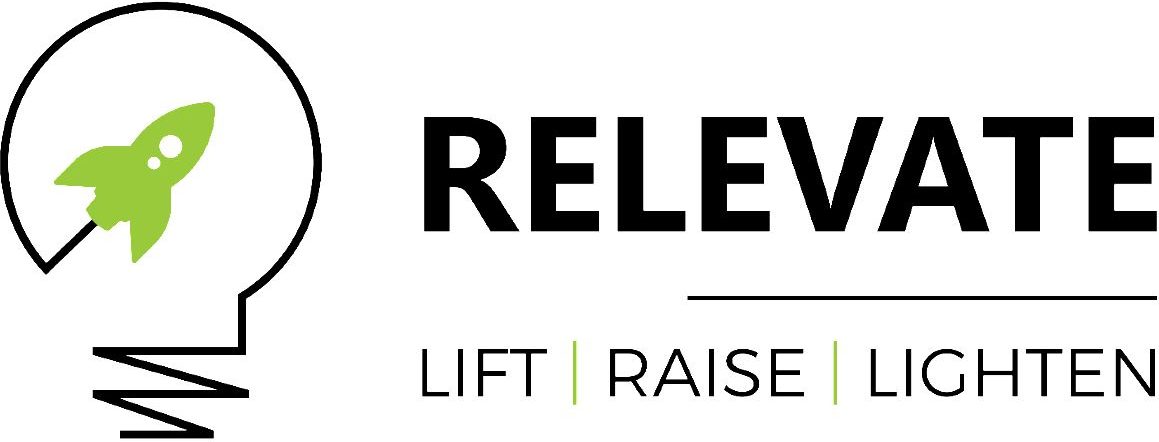When we talk of manipulating human behaviour, we mean in the best possible way.
In the business world, we want to analyse how people think. So that we can appeal to them naturally and help them find the products and services they would enjoy.
How to Manipulate Human Behaviour
Plant the Seed
Before we reap a harvest of sales, we’ll first have to plant the seeds. This process is detailed by Robert Cialdini in his Principles of Persuasion.
According to him, the process of planting seeds that convert to sales is based on six key sales concepts.
Reciprocity
Reciprocity says “I give something and get something in return.” In the business world, this is the foundational principle for lead magnets. We give potential customers gifts of free trials in exchange for their contact information.
Scarcity
Scarcity says that things hold a higher value because they are rare. The TV program Antiques Roadshow works on this principle. This is why we see sales that time out and deals that count down. People are more motivated when they think the deal is rare.
Authority
Authority says trusted names carry more weight. This is why, in advertising, famous athletes like Tiger Woods become spokespersons for specific brands. Athletes are considered authorities in their own fields, and when they act as representatives, people transfer that authority over to whatever product they’re representing.
Consistency
Consistency plays on the human need for patterns and reinforcement. Just as parents ask their children to go to bed multiple times before it seems to “stick,” we often have to ask our clients multiple times to take the next step before they’ll consider doing so.
Liking
People are drawn to what (and who) they like! Leveraging this tendency to our advantage, we can play on likeability to draw customers to our services and products.
Consensus
If we can prove that a large group of people think along the same lines, people who are new to the conversation will have a hard time asserting a dissenting opinion. Advertisements that use statistics such as “9 out of 10 dentists recommend our product” use consensus to sway potential customers.

Consider Pre-Suasion
Of course, all the foundational principles listed above hinge on another principle from Robert Chaldini: something he terms pre-suasion:
The process of arranging for recipients to be receptive of a message before they encounter it.
Think of pre-suasion as pre-messaging. These are the ideas presented to customers before the actual sales pitch is given.
Think of a new music artist who is considering signing with a talent agent. Before offering the contract, the agent might lead the artist down a long hallway filled with awards and platinum records. Or consider shopping in a luxury store. You may be greeted at the door by an attendant in a tuxedo, offered a glass of sparkling water, and led to sit on a luscious chair. This sort of pre-messaging is intended to make you feel grand. At that point, you’re prepared to see expensive price tags because you’ve been led to feel high-class.
The same principles can work in reverse, of course. If you’re hoping to push consumers toward buying discounted products quickly at low rates, you can tailor your pre-messaging to communicate “cheap” rather than “high-end.”
How you tilt your pre-suasion depends on your price points and desired outcomes.
Expectancy Theory
As you establish your basic sales principles and consider your pre-suasion methods, always bear this in mind: people make decisions based on a settled belief in what the future outcome will be.
For example, everyone knows that going to the gym can make them fit and healthy, and that’s why fit and healthy people are often featured in the ads to promote the expected outcome.
However, being fit and healthy isn’t simply about looks. It’s also about how people feel. That’s why it’s also important to talk about the feeling of getting fit and healthy rather than simply focusing on looks. A fitness journey is often a long and winding process, and nobody is going to completely transform overnight. Your messaging can build the expectation that they will feel better amid the process and not just at the end.
This sort of messaging also creates expectancy in a broader audience. Not everyone is concerned with having washboard abs. However, if someone feels lethargic, they can be targeted by appealing to the feeling.
Tend Your Strawberry Patch
Once your sales seeds are planted, you must then tend to your patch.
If you were planting strawberries, would you be happy at the end of the season with only a 10% yield? I think not. Neither should you be content with only a 10% conversion rate on your leads.
In order to tend your sales garden, you must focus on three areas where there’s an opportunity for loss.
Loss in the Customer Life Cycle
In the regular customer life cycle, three areas carry the greatest potential for loss.
Lost Traffic
Lost traffic occurs either when we fail to gather contact information (in other words, fail to generate new leads) or fail to leverage the leads we have.
Lost Conversions
Conversions are lost when customers aren’t quite ready to purchase when we first connect with them, but nobody takes the time to follow up with them later.
Lost Repeat Customers
We lose repeat customers when they drift away for one reason or another, and we don’t take time to pursue them.
Why the Losses?
These losses happen primarily because we are working from a set of problematic assumptions.
- Assumption 1: If they don’t reply, they’re not interested.
- Assumption 2: If they are not ready now, they never will be.
- Assumption 3: I should not contact them again in the future.
Statistics prove, however, that all these assumptions are wrong.
Consider these numbers:
- 79% of all marketing leads are never converted to sales.
- 65% of all customers are lost because of indifference, not mistakes.
- 95% of buyers choose a vendor that provided content to navigate each stage of the buying process.
- 70% of purchasing decisions are made to solve specific problems.
- Discussing 3-4 buyer problems correlates with the highest likelihood of advancing the deal to the next stop.
Moving Forward
Bearing those statistics in mind, here are some steps you can take moving forward.
- Keep connected. Always book the next meeting or confirm the next step in the current meeting (A CRM is great for this).
- Maintain pressure. 80% of sales occur after the fifth contact, and only 8% of businesses actually get that far.
- Stay consistent. Get to a minimum of 5 every time as an absolute baseline.
- Establish a strong flow. Have a good funnel in place with lots of leads at the top.
- Focus your attention. Have a good filtration process to sort the wheat from the chaff and intensify attention on potential customers.
- Leverage resources. Try to find ways to automate this process so that you don’t have to give your attention to the funnel. This allows you to sleep, have a personal life, and still convert sales!
We Can Help
For more information, view Relevate’s principle consultant Avon Collis’s original presentation on this topic, complete with references and illustrations.
Questions? Comments? Feel free to contact us!
We look forward to hearing from you.







